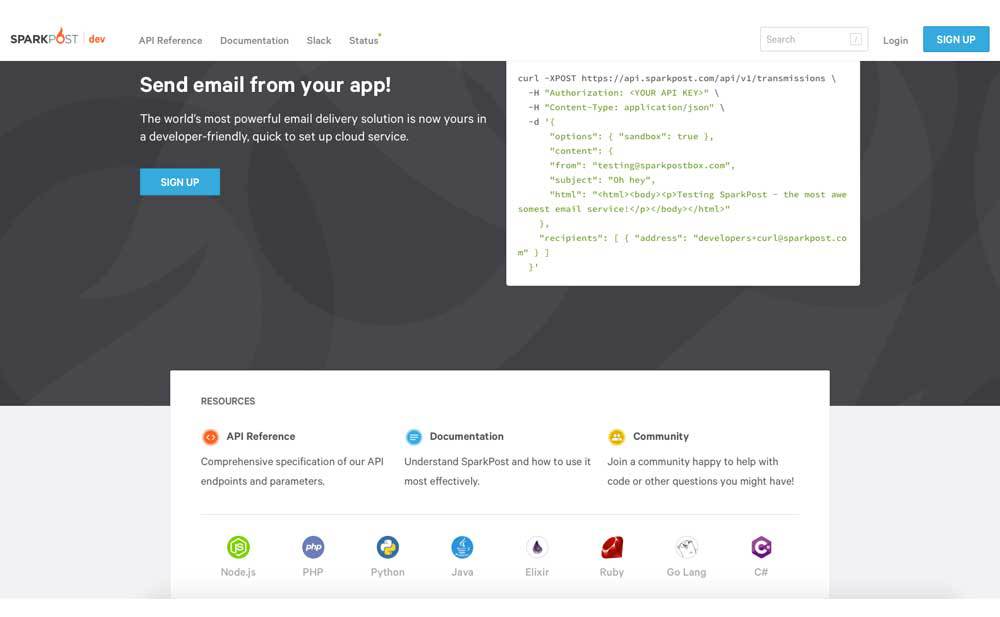Developer Community Building 101
There are many sources of developer community building information, including conferences (DevRelXCon), training, and articles. An interesting article about developer community building best practices by SparkPost CMO Josh Aberant made it to a mainstream marketing media site, MarketingLand. This worthy piece invited the question: What content accompanies these useful best practices?
The 6 Best Practices
Josh Aberant offered these best practices:
- Research what kind of members you want to attract, so you’re able to draw them in with authentic interactions and relevance.
- Put a plan in place before you launch, making sure you’ve got perfect alignment on goals, audiences and execution.
- Serve and curate, but remember your dev community is really the property of its members, so never intrude on it with overt marketing.
- Execute live community activities, going beyond just online channels.
- Always embrace member feedback, good or bad, provided it’s valid.
- Nurture community collaboration to foster deeper engagement and collaborative improvement of your products.
All of these best practices either require or influence content, and few indicate a need for a technical content strategy and stream. Let’s discuss how these interact with technical content.
Best Practice #1- Persona, Persona, Persona
The example given in Aberant’s piece truly points to not making assumptions about the persona just because they’re technical. This underscores the importance of persona research and challenging assumptions. It’s necessary to define an audience, research the audience, then plan how to engage that audience. Authentic interactions are supported by technical conversations. The right technical content makes great conversation starters.
How does persona research translate to content? Check out SparkPost’s developer community and you’ll see that they offer four types of content at the top of their page: API reference, documentation, a Slack channel (for community and live-ish interactions), and a real-time status link for their platform. In addition they highlight all the language nodes their community has on GitHub.
Best Practice #2 – Plan
Planning leads to alignment. Aligning goals, audience, and execution for the community is important. Synching that with the required supporting technical content is just as important.
Best Practice #3 – Serve and Curate, Don’t Market
Again, while this is a community-level best practice, it also impacts the accompanying technical content strategy. High-level marketing materials will not serve you well here. Deeply technical content that can help developers in your community accomplish their goals, however, will. This can be embodied by documentation which includes code samples, how-to’s, and case studies, with an easy-to-understand road map of how to use that documentation.
Best Practice #4 – Go Live
Go beyond the digital. This means having in-person interactions. However, digital materials like how-to’s and tutorials can support in-person events like MeetUp group screenings or conference training.
Best Practice #5 – Embrace Member Feedback
This is important for the overall community, and should be encouraged for the technical content offered. Feedback, good or bad, can lead to engagement and improvement. If the feedback is constructive criticism, it is bound to improve the content you offer your community.
Best Practice #6 – Nurture Community Collaboration
Aberant suggests this can improve your product. Make sure that you are offering content that supports collaboration. This includes code examples and content that focuses on common problems with solution suggestions that invite iterations. Additionally, offering great tutorials so developers new to the community can quickly level-up and enter the discussion gets your community to the point where they can collaborate and contribute.
For the Road
Aberant’s advice refers to building a developer community in general. Crafting a companion technical content strategy with these best practices in mind supports the goal of attracting developers to the community and supporting them once they join. Alignment of your developer community plan with your technical content plan is a critical part of developer community building success.




